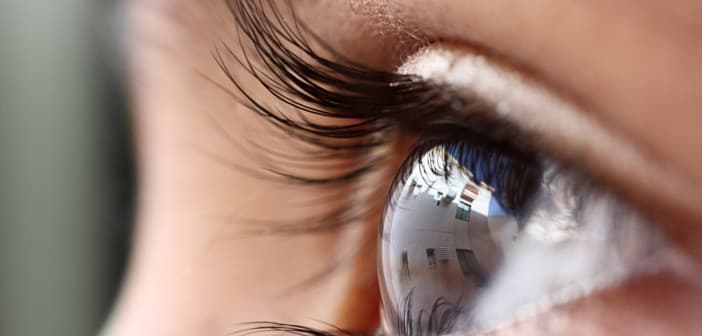Most of us take our vision for granted. As a result, we take the ability to read, write, drive, and complete a multitude of other tasks for granted. However, sight is not so easy for everyone. Indeed, for many people, simply seeing is a struggle.
There are more than 285 million people worldwide who have vision problems. According to the Fred Hollows Foundation, an estimated 32.4 million people around the world are blind. Ultimately, 90% of these people live in developing countries, and more than half of these cases of blindness are caused by cataracts. Indeed, cataracts are the leading cause of blindness in the world.
Fortunately, there is a treatment; however, the only option is surgery, and it is prohibitively expensive. This means that, unfortunately, for individuals in developing nations, who often lack access to basic medical care, treatment is not an option.
But of course, this isn't just a problem faced by developing nations.
According to the American Academy of Ophthalmology, nearly 22 million Americans who are over age 40 have cataracts. By the time they reach 80, more than half of all Americans will have cataracts, and many will have to undergo painful and expensive surgery or suffer severe vision problems.
There are, however, other treatment options. Researchers based in the US have created a drug that can be delivered directly into the eye via an eyedropper. And it can dissolve cataracts.
Despite its remarkable promise, the treatment has yet to be tested on humans. The drug is slated to enter clinical trials, but because of the strict regulations put in place to ensure there are no extreme side effects associated with new drugs, it will be some time before these drops make it to market and can be utilized as a viable alternative to surgery.
Regardless, this is a great step forward.
How it Works
Cataracts result from the structure of the crystallin proteins that make up the lens in our eyes. Specifically, they form when this structure deteriorates, which causes the proteins to clump together, forming a milky layer over the eye that obstructs vision.
Scientists aren’t entirely sure what causes the proteins to do this (in other words, they're not entirely certain why cataracts form in the first place). That said, there are some ideas, and this is where the new drug comes in.
This treatment was created based on a naturally-occurring steroid, which is known as "lanosterol." Scientists recently discovered two siblings who had cataracts when their parents did not. These siblings shared a mutation that stopped the production of lanosterol. Notably, their parents did not have this mutation.
The scientists then thought, if the parents are producing lanosterol and don't have cataracts, then perhaps their kids have cataracts because they aren't producing lanosterol. Thus, adding lanosterol to the eye (or something that is similar to it) might stop the crystallin proteins from clumping together and forming cataracts.
The scientists tested this hypothesis on rabbits, and the results were very promising. After just a week, all but two of their 13 test subjects had gone from having severe cataracts to mild cataracts (or none at all). This drug was also tested on dogs, and it had the same results.
If the trials on humans are successful, and they make it to market, these eye drops could be used to change the lives of millions around the globe. It could literally mean the difference between blindness and sight. Ruben Abagyan, who co-authored the paper, hopes that the lanosterol drops will have the same impact on cataracts in humans. In the press release, he states, “I think the natural next step is looking to translate it into humans. There’s nothing more exciting than that.”
Share This Article
